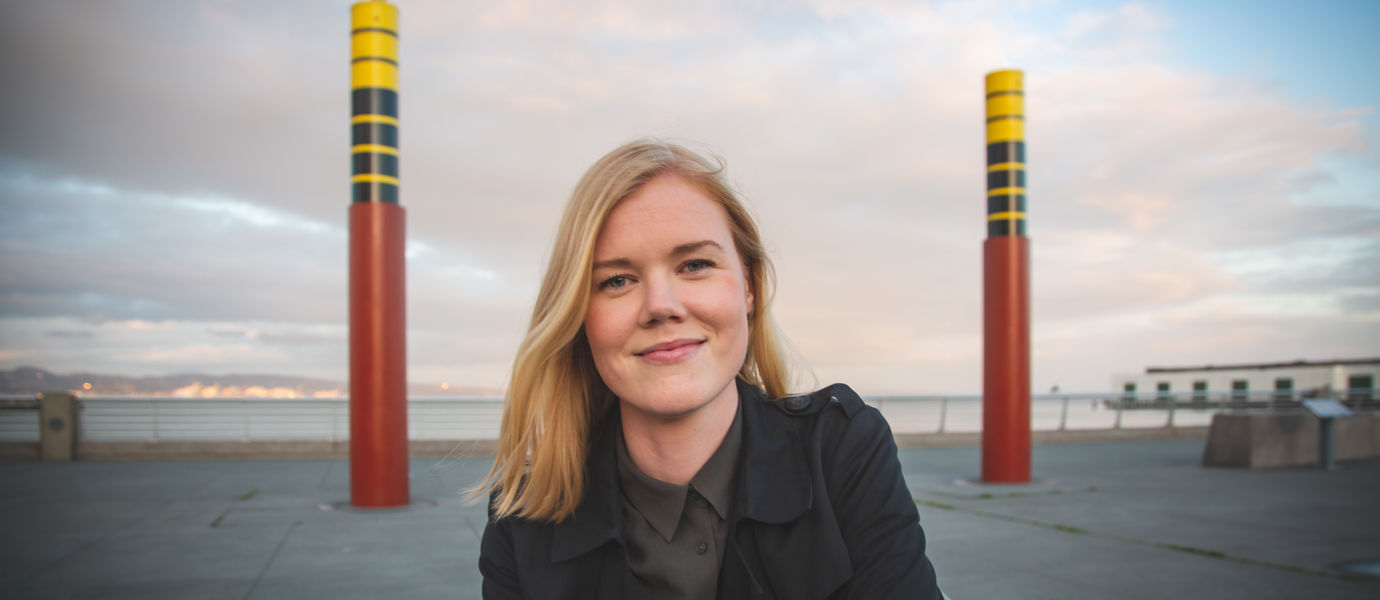Diversity and inclusion are components of sustainability and goals for an increasing number of companies. Katja Toropainen, founder of the Inklusiiv organisation, points out the best ways to start.
Promoting diversity generally starts with collecting data and creating a common understanding of the current status and future goals. Awareness building and education are crucial, but they should lead to concrete actions as soon as possible to create any meaningful change.
“There are already a lot of best practices for advancing diversity and inclusion (D&I) to choose from. Those include everything from leadership practices to work culture, and there are best practices for every function from product development to marketing communications. What is needed is commitment from the leadership and the needed resources” says Toropainen encouragingly.
Inklusiiv’s five tips for getting started:
1. Determining the current state of the workplace. Have the concepts of diversity and inclusion been clearly defined at your workplace? Creating a shared understanding of these themes, and of their importance as an element of business strategy, is an important step. It forms a solid foundation on which to build a common understanding of what the theme means for a specific organisation.
“In the beginning of their journey, many organisations arrange internal training to introduce the fundamentals: what do diversity, inclusion and psychological safety really mean, how are they related to workplaces and what do they mean for our organisation,” explains Toropainen.
Then it is easier to move on to the next phase of figuring out the state of diversity and inclusion in the organisation and defining goals and metrics for improvement.
“In addition to diversity throughout all personnel, attention should be paid to the diversity of different teams, such as product development and HR teams. What matters most, though, is how much diversity there is at management level, because leadership has the most power and best opportunities to move the needle,” she adds.
2. Eliminating unconscious bias. We all have bias we are unaware of, and we all unconsciously form stereotypes. Unconscious biases affect how we perceive different genders, the young and the old, and people with different ethnic backgrounds or different religion. Becoming aware of one’s own biases, making them visible and deconstructing them, contributes to better decision-making in recruitment and promotions as well as in product development.
“It’s important to learn what obstacles there can be on the path to diversity and inclusion. A psychologically safe space to discuss and learn gives the work community the opportunity to dismantle their prejudices and concerns, and to expand their shared understanding,” adds Toropainen.
3. Inclusion in marketing and communications. The company’s brand, the message it projects and the language it uses, all influence who would consider applying for work in the company. Gendered or otherwise excluding language or unbalanced imagery can deter not only job applicants but also customers. Do you address the importance of language and visual messaging in both your internal and external communications?
“Surprisingly often recruitment advertisements contain a photo of a homogeneous personnel team, or the firm advertises for a team of superheroes or ninjas. Research shows that these methods or expressions are off-putting to many people and can reduce the spectrum of candidates,” Toropainen says.
4. Recruitment practices favouring diversity. More diversity in personnel can be achieved by ensuring the selection process is fair and transparent. The effects of bias can be reduced by removing any information – such as names – that is not essential to determine competence, before comparing applications. All interviews can be conducted using the same set of questions. Preferably the interviewers do not all share the same demographic characteristics. If the company is already committed to improving diversity, that can also be communicated to applicants.
“International companies are competing on a global scale for the best talent with an even stronger commitment to promoting diversity and inclusion, and by communicating more transparently what that means in their organisations. They’re doing this because they believe recruiting the best diverse talent gives them a competitive advantage and have made it a critical part of their business strategy,” Toropainen points out.
5. A psychologically safe work culture. Is your company committed to fostering an inclusive, psychologically safe work culture and, if so, do you measure it? Do you know which people leave the workplace? If a higher proportion of them are part of any underrepresented group in your organisation, this should ring alarm bells.
“Often organisations that value diversity already focus on improving their recruitment processes. What is more often still forgotten is focusing on retention – how to make sure people want to stay. Startups, for example, often think these matters can be left unaddressed until they’ve grown bigger. Many experts regard this as a fallacy: the focus should be on creating a psychologically safe work culture right from the start, because work culture is more difficult to change later. Also, the problems arising from a lack of diversity multiply and accumulate,” Toropainen says.
Photo: Junnu Lusa
More practical tips, for tech companies in particular, are available in Diversity.vc’s and Atomico’s guide: inclusionintech.com
See also: Creating a more diverse venture capital market
Inklusiiv
What it is: A nonprofit organisation with a mission to advance diversity and inclusion in working life through community activities and knowledge-sharing.
Where it is: Helsinki.
When: Established in 2019.
Member organisations: Tesi, Deloitte, Google, Microsoft, CGI, ABB, Visma, Solita, Ensto, Vaisala, Supercell, Rovio and Maki.vc, among others.
Results: Altogether 15 companies published their first diversity & inclusion report in 2019.
Katja Toropainen
Who she is: Founder of Inklusiiv organisation.
Education: Master of Science at Aalto University (2020) in Information and Service Management.
Experience: Chief Curator in the leadership team at Slush, startup and tech event 2017–2018.
Special: Played Finnish baseball in the women’s league of the Finnish championship series in 2012. Recognized as one of the 100 most impactful and influential figures in the Nordic startup and technology scene in 2018. An angel investor in the Atomico Angel Programme 2020.




